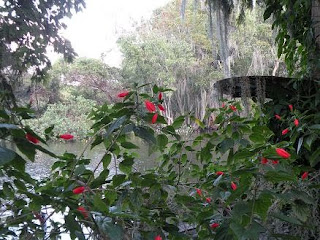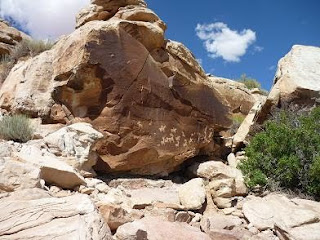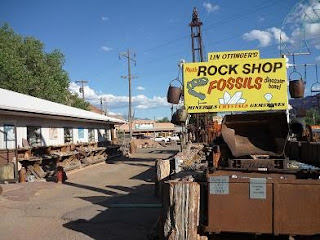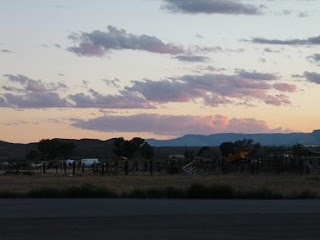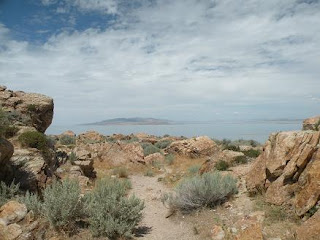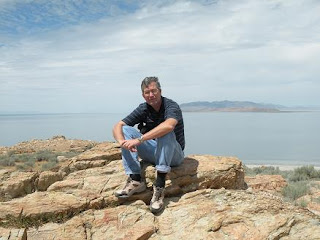Last week I was in Colorado, and on Thursday July 8, I visited Rocky Mountain National Park. I only mention the date because it was snowing in the mountains. I forgot my sweater, and I was wearing a short sleeved shirt. I was the only one in the mountains that I saw who wasn't wearing a coat. Two people thought they were doing the right thing by telling me that I wasn't wearing one.
Before getting to Estes Park, I stopped to watch this person trout fish in the Big Thompson River. Notice the beaver den across the river.

I bypassed Estes Park. I love the town but I wanted to see as much scenery in the park as I could in the few hours that I had.
At the Highway 34 bypass, I stopped to take a photo of these ladies at their painting party.

They were painting just across the across from the Stanley Hotel.


The Stanley Hotel was built about 100 years ago and many believe it is haunted. It was the inspiration for Stephen King's
the Shining. Parts of the movie was filmed at the Stanley.
Upon entering the park, I drove towards Trail Ridge Road. I wanted to get into the higher elevations to find snow. Before Trail Ridge, I parked at the Hidden Valley area to take a short walk along the creek.
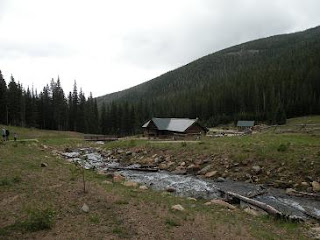

Up until the last several decades, Hidden Valley was a ski resort. It closed when winters got warmer, and there was less snow at its elevation. Now it is a picnic and hiking area.
From Hidden Valley, I quickly drove into much higher elevations, and it got cold in a hurry. I snapped this picture while driving.

The time is wrong, but the temperature is correct - 39. It had been snowing off and on all day. Trail Ridge Road was closed for awhile earlier in the day until a snow plow could clear the road.
I stopped at the Rock Cut area to take a short walk and take some photos.
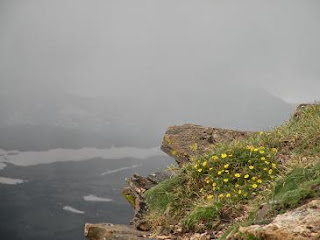




It always amazes me that flowers can bloom in such a harsh environment.



After getting back on Trail Ridge Road, I didn't get far before traffic backed up. The road was being resurfaced, and it was about twenty minutes before traffic began moving again. There are worse places than Rocky Mountain National Park to be "stuck." I wouldn't have noticed this alpine lake if I had not been forced to wait.

Once traffic began moving again, I made my to Milner Pass at the Continental Divide, where water flows two ways - to the Pacific or to the Atlantic.

Not far from Milner Pass is Never Summer Mountains, the only volcanic mountain range in Rocky Mountain National Park.

It was getting late in the day, and I had to return my rental car by six. So I headed back towards Fort Collins, stopping to take a couple photos of these people enjoying the snow. A ramp was constructed to keep people of the fragile tundra. I suppose rocks are underneath the snow.


I thought I had hit more road construction, but it was only an animal sighting.

There is no better place in the world than Rocky Mountain National Park to see elk, but these bulls were all I saw on this day. At lower elevations, especially in the winter, it is the norm to see herds of elk.








